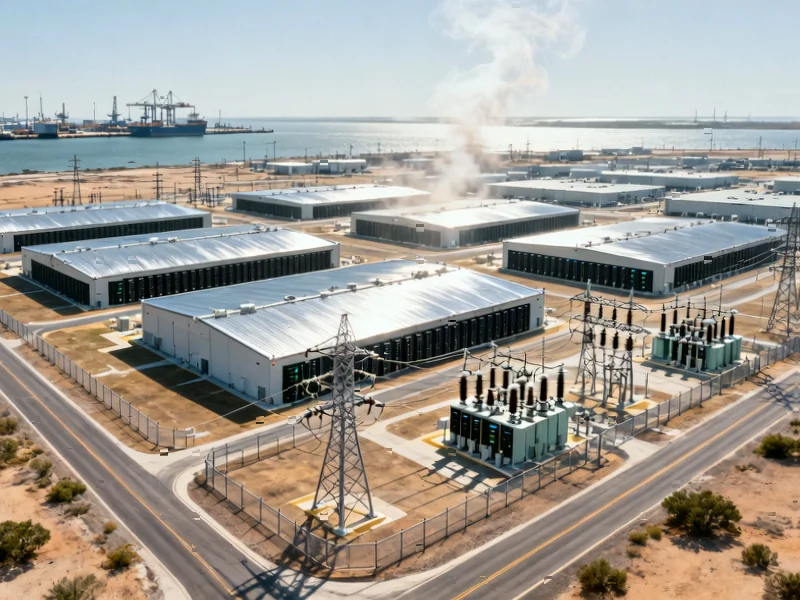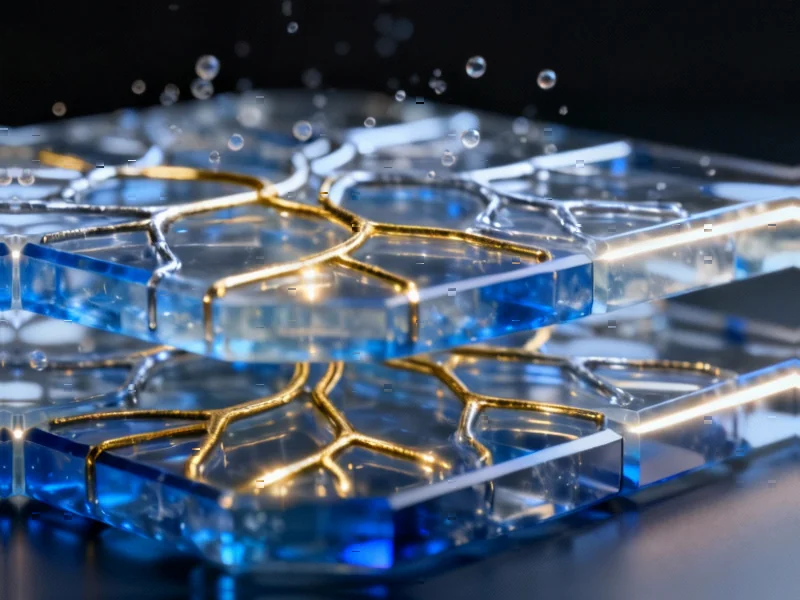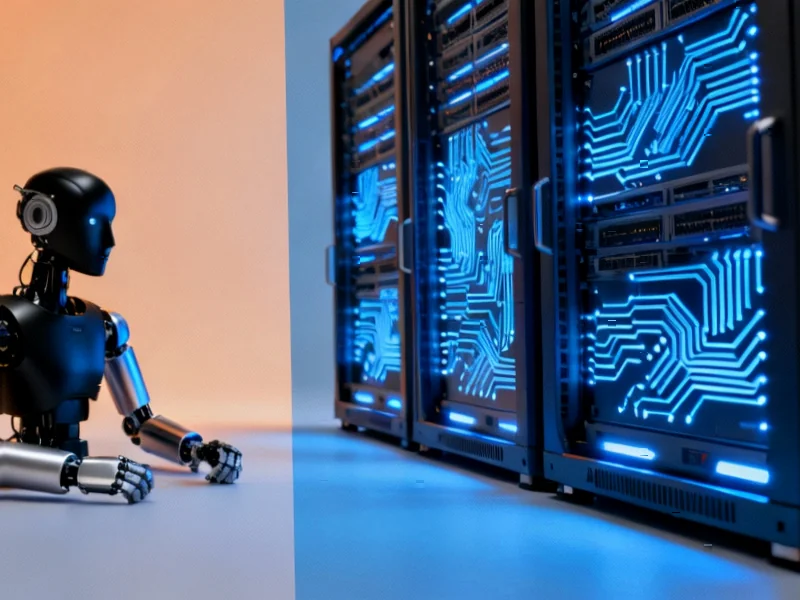According to DCD, AI data center developer Crusoe has partnered with nuclear energy firm Blue Energy to develop a massive 1.5GW nuclear-powered data center campus at the Port of Victoria in Texas. The 1,600-acre campus will initially receive power from gas generation starting in 2028, with a planned transition to nuclear energy by 2031. Blue Energy claims its approach can deliver power within 36 months using a natural gas bridge solution. The partnership represents a significant milestone for Crusoe, which recently secured $1.4 billion in funding and is valued at $10 billion, having pivoted from cryptocurrency operations to becoming a major AI infrastructure developer.
Table of Contents
The Nuclear Power Innovation Behind the Partnership
What makes Blue Energy’s approach particularly innovative is their reactor-agnostic plant architecture model. Unlike traditional nuclear developers who typically design both reactors and plants as integrated systems, Blue Energy focuses exclusively on modular plant design that can accommodate different reactor types. This flexibility could prove crucial in an industry where multiple advanced reactor designs are competing for market dominance. Their strategy of submerging reactors in water pools for safety represents a practical approach to addressing public concerns about nuclear safety while leveraging proven light-water reactor technology that already has regulatory approval pathways.
The Strategic Importance of the Gas Bridge
The natural gas bridge strategy represents a pragmatic solution to one of the biggest challenges facing nuclear-powered data centers: timing mismatch. AI computing demand is exploding now, while new nuclear projects typically require 7-10 years for regulatory approval and construction. By using natural gas initially, Crusoe can begin operations and generate revenue years before the nuclear transition completes. This approach also provides crucial operational flexibility – if nuclear timelines slip due to regulatory hurdles or construction delays, the data center can continue operating on gas power without interrupting AI workloads for customers who have come to depend on the computing capacity.
Broader Implications for the AI Infrastructure Market
This partnership signals a fundamental shift in how major AI infrastructure providers are thinking about power sourcing. The industry is rapidly recognizing that traditional grid power simply cannot support the exponential growth in AI computing demands, which can require 10-20 times more energy per computation than conventional cloud workloads. Crusoe’s move follows similar announcements from other tech giants exploring nuclear options, but their gas-to-nuclear transition model offers a unique compromise between immediate capacity needs and long-term sustainability goals. If successful, this could become a template for other AI infrastructure developers facing the same power availability constraints.
Critical Execution Challenges Ahead
Despite the promising strategy, significant execution risks remain. Nuclear regulatory approval processes are notoriously lengthy and unpredictable, especially for new plant designs. The 2031 target for nuclear conversion appears ambitious given that Blue Energy was only founded in 2023 and has yet to complete its first commercial project. Additionally, the economics of operating a dual-fuel facility while managing the capital-intensive nuclear construction could strain Crusoe’s recently raised $1.4 billion war chest. The company will need to carefully manage cash flow between continuing gas operations and funding nuclear development simultaneously.
Positioning in the Evolving AI Power Race
Crusoe’s pivot from cryptocurrency to AI infrastructure has been remarkably successful, with their work on the 1.2GW Abilene campus for OpenAI and Oracle establishing them as a serious player in high-power nuclear power AI infrastructure. This new Victoria project represents their most ambitious bet yet on integrated energy solutions. The location selection demonstrates sophisticated strategic thinking – proximity to existing transmission infrastructure, fiber networks, and major natural gas pipelines reduces both costs and implementation risks. As the AI industry increasingly competes on power availability rather than just computing hardware, Crusoe’s energy expertise could become their defining competitive advantage.



